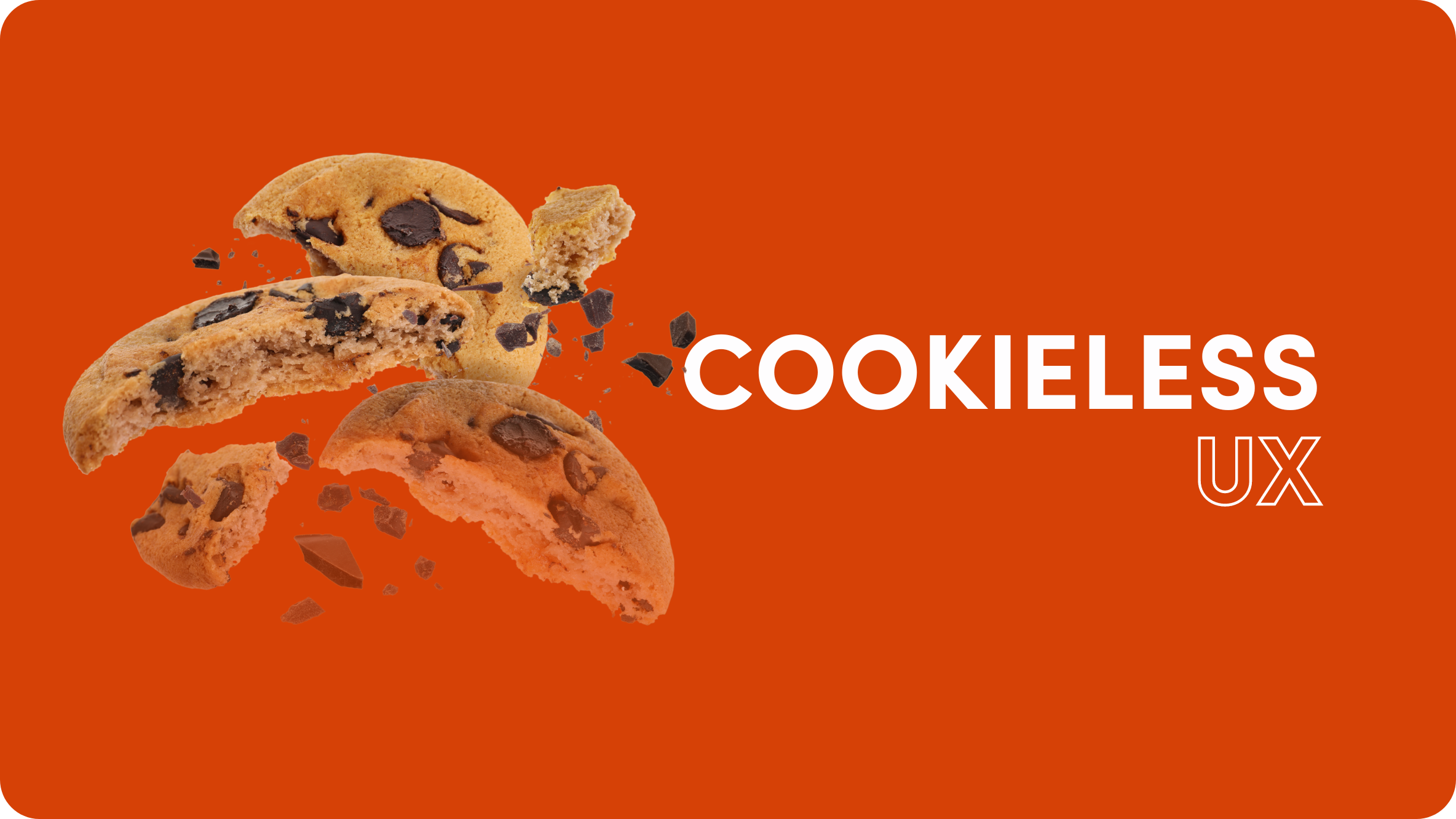Attention Metrics: How to Accurately Measure Ad Performance Beyond Viewability

At the heart of advertising is forging meaningful connections that make a lasting impact. As the industry circles back to this core principle, traditional metrics like viewability are no longer enough to gauge successful advertising. Attention metrics are emerging as a fundamental currency for brands to align with key business outcomes.
That said, questions remain as to all that it encapsulates. In this article, we dive deep into the nuances of attention metrics, unraveling its importance in today’s advertising strategy, and why it’s poised to become a more reliable predictor of outcomes for brands.
What are Attention Metrics?
Attention is a new IAB-recognized metric that measures how engaged or focused an individual user is on an advertisement. Attention metrics are part of an industry-wide push to measure whether someone is able to absorb an ad’s message. This goes beyond traditional metrics like impressions and views, providing insight into the quality of engagement and campaign efficacy.
Why is Attention Important?
Did you know the average attention on screen has decreased by 69% since 2004? Content competes for our focus, making attention a main currency of the digital age.
Several big changes in the digital ecosystem are driving advertisers and publishers to lean on additional insights that prove the impact of digital campaigns. These changes include:
- Cookie deprecation: As third-party cookies continue the path toward becoming obsolete, advertisers and publishers are looking to alternative metrics that can act as proxy performance indicators.
- Creative and copy advancements: Advancements in digital ads allow brands to be more creative with their ad copy and design. Attention metrics offer a solution to the challenge of knowing what messages and creatives are having the greatest impact.
- Measurement needs: Brands and agencies are hyper-focused on showing the correlation of awareness tactics to actual business outcomes.
Attention metrics are primed to answer whether a meaningful interaction results in a real business outcome. Research shows a direct correlation between attention and business outcomes throughout the funnel.
How to Measure Attention Metrics
There is no universally accepted definition of attention as a metric, and slightly different methodologies are used to measure attention across the industry.
Attention measurement solutions typically start with eye-tracking, using a selected group of participants to track which parts of the page they focus on, including ad placement. These eye-tracking studies are complemented with surveys to assess ad recall and purchase intent. The data obtained is then used to train a machine-learning algorithm, enabling it to predict the types of media content and campaign creatives that will resonate with individuals.
Additional proxy signals are also obtained to enhance the predictive model’s intelligence when combined with eye-tracking data. These proxy signals include metrics such as viewability, time in view, dwell time, contextual alignment, click-through rate, scroll depth, and more.
Adelaide Attention Metrics
Adelaide is a machine-based vendor that created one of the attention economy’s most widely-recognized metrics, the Attention Unit (AU). Ad placements are provided with AU scores – ranging from 1 to 100 – to predict the likelihood of driving outcomes. AU scores for a specific placement come from a combination of session-level page data and outcome data. The higher the score, the more likely that placement is to drive outcomes across the sales funnel.
Marc Guldimann, CEO of Adelaide, explains: “All campaigns should be optimized towards actual advertiser outcomes. Attention should be unpacked so that it can be used in various ways. For example, it’s important that people are paying attention to the creative when the distinctive asset is shown or when the message comes across. We believe that it’s media’s job to create an opportunity for attention that creative captures and then works together with media to drive outcomes.”
Viewability vs Attention: What’s the Difference?
Compared to viewability, which only measures the ad’s potential to be viewed, Attention offers marketers the opportunity to enhance their outcome-driven media buying. Instead of acquiring media based solely on impressions or reach, marketers can now make purchases by gauging the attention generated by an ad campaign.
Attention metrics go beyond impressions to provide a transparent and privacy-conscious method to accurately assess the quality and effectiveness of media. While basic metrics such as viewability can help determine whether to invest in a particular media, attention metrics address more crucial inquiries such as the appropriate investment level, media performance, and the impact of the brand message on audience attention. With these insights, marketers can make more confident investment decisions, fine-tune their media strategies to focus on more efficient attention sources, and achieve better brand outcomes.
“I see attention metrics as an evolution beyond viewability. More and more high viewability placements that are out there today don’t really deliver very much attention or outcomes for advertisers. The biggest step forward that’s going to come from attention metrics is replacing viewability with a better measure of media quality.” Marc Guldimann, CEO of Adelaide
Attention Metrics Advertising Strategy: Deeper Insights
Attention metrics can provide deep insight into what works well for your audience – from channel mix and placement to creative and format type selection. These factors help enhance trust between brands and publishers, by optimizing campaigns toward high-quality audience engagement.
As Adelaide CEO Marc Guldimann says, “I’ve seen two broad impacts come from attention metrics. The first, and by far the most important, is better outcomes, more efficient incremental outcomes for advertisers. They’re able to cut waste and they’re able to reinvest that money that they’re saving from impressions that used to not capture attention into more effective media placements. That in and of itself creates the second impact, which is… better incentives for the entire marketplace.”
Outbrain + Adelaide Attention Metrics: The Onyx Success
Outbrain’s partnership with Adelaide measures the probability of attention (AU score) across all Onyx in-article experiences. When Adelaide assigns an AU score to a specific placement, it indicates user attention strength and the probability that placement can achieve desired outcomes, whether those KPIs have to do with awareness, purchase intent, or ROI.
Onyx results reported by Adelaide:
- Onyx units performed 53%+ better in terms of AU vs. benchmarks standard mobile banners
- 20%+ better than benchmarks for other high-impact/rich media formats
- Onyx outperformed Adelaide’s overall display & rich media combined benchmarks, across all device types, by over 26% on average.
As Marc concludes, “It’s very important to have a nuanced approach in how you unpack attention metrics and how you use them differently across the entire campaign lifecycle. Attention metrics have been proven to drive better outcomes. If it’s looking at upper funnel, middle funnel, lower funnel, there’s opportunities for advertisers to drive better results in whatever type of message and whatever type of creative. We’ve developed a suite of planning tools at Adelaide that help advertisers understand the minimum AU needed to consistently achieve the outcomes they want. We’ve also focused on making activation easier. And this is part of our partnership with Outbrain, trying to make it easy for advertisers to just buy higher quality media placements using attention metrics. Outbrain’s Onyx platform embodies this.”
Want to gain a deeper understanding of how attention works in the digital landscape? Our conference, “The Art of Digital Attraction: A Deep Dive into the Science of Attention” promises to transform the way you approach digital media and advertising. Register to follow event updates and receive more insights from us.











